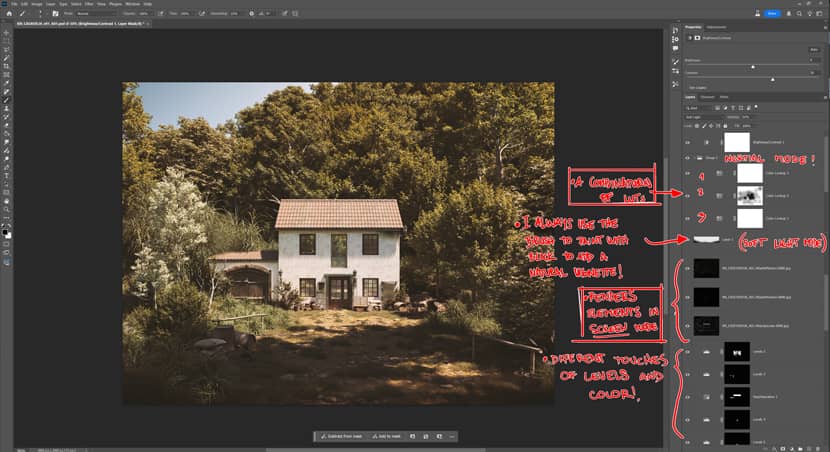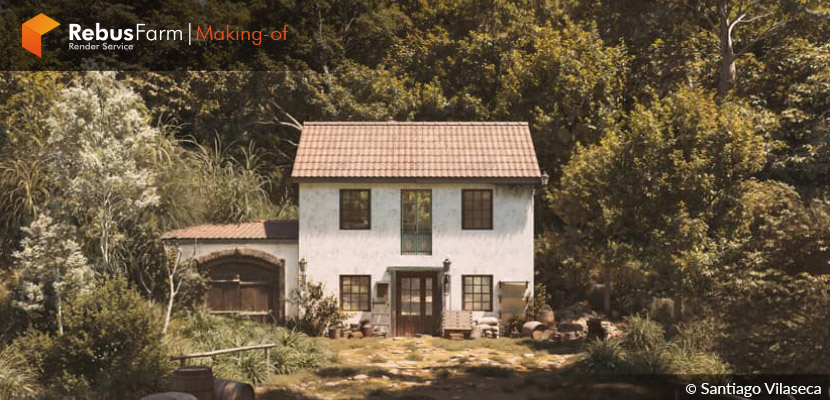
Breathing life into a forgotten structure takes more than technical mastery, it calls for emotional connection, artistic vision, and a sensitivity to nature’s quiet poetry. In this making-of feature, Santiago Vilaseca, co-founder of KRAKEN Studio, takes us deep into the heart of “Golden Arches,” a personal project born from the story of an abandoned house transformed into a soulful retreat. Drawing inspiration from the raw beauty of untouched landscapes, Santiago blends simplicity, storytelling, and skilled craftsmanship to reimagine a cabin that feels both nostalgic and alive. Join us as we follow his creative journey from concept to final render!
About Me.
Hello 3d community,
I'm Santiago Vilaseca, a 3D artist originally from Argentina. I co-founded KRAKEN Studio, a 3D visualization and animation studio, over 12 years ago. My journey took me to France, where I followed my heart and moved with my French wife, and together, we run the studio. I enjoy drawing, playing music (guitar or drums), listening to reggae and traveling, especially to places where nature is still untouched. I’d love to live in one of the cabins I’ve modeled, surrounded by nature—my perfect escape!
About The Project.
I’m excited to share the making-of for my personal 3D project, Golden Arches. The idea for this image emerged after watching a documentary about someone who rescued an old, abandoned house in the middle of nowhere and slowly transformed it into a livable space.
I was captivated by the process of taking an existing space and making it truly ours, especially when it’s in the heart of nature, creating a deep connection with the surroundings.
Golden Arches reflects this idea—a simple cabin in nature with a soul and a past, where the environment and its history take center stage.
I hope it inspires you to explore your own creative process!
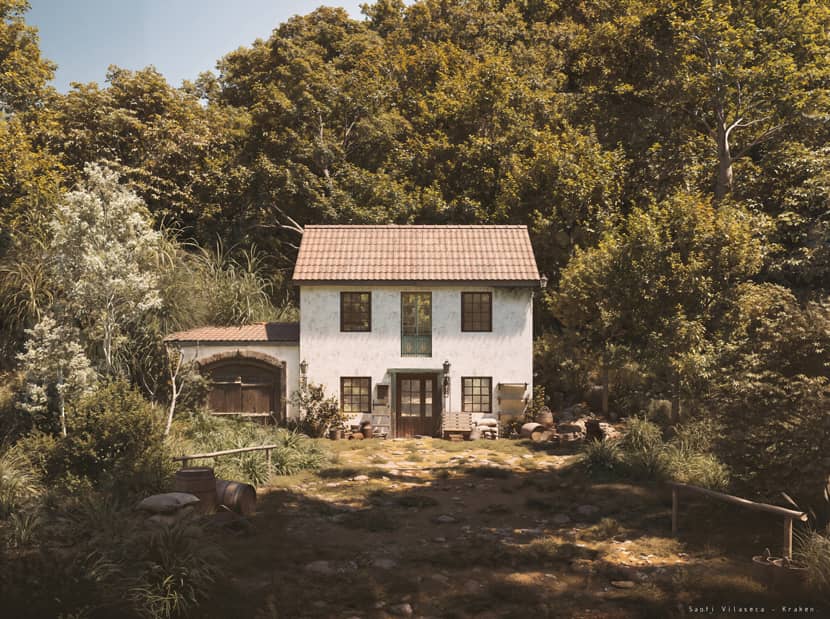
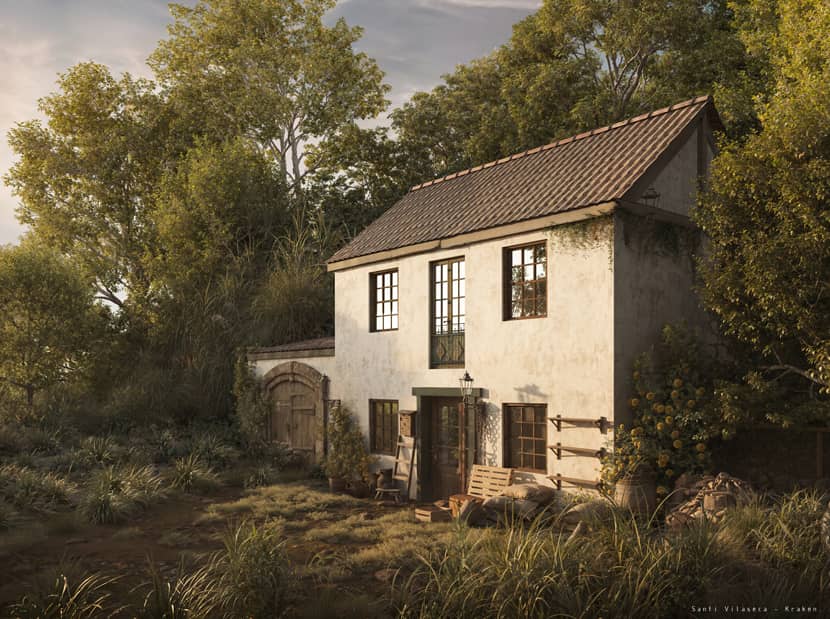
Software Used.
I used 3ds Max for all 3D model creation, V-Ray as the rendering engine, and Photoshop for post-production.
3D Modeling.
The house itself is quite simple, and I would say it’s about 80% inspired by the real cabin I saw in the documentary, with a few added touches to make the image more magical and intriguing. I decided, for example, to add a small shed next to the house, imagining it as the typical storage space where you can keep all your tools and materials.
Modeling this scene was straightforward. I used premade assets from Quixel Megascans to add natural details and textures, which saved time while maintaining realism. For personal projects like this one, I focus more on the overall composition and mood, aiming to create something visually appealing and atmospheric rather than overcomplicating the 3D model itself.
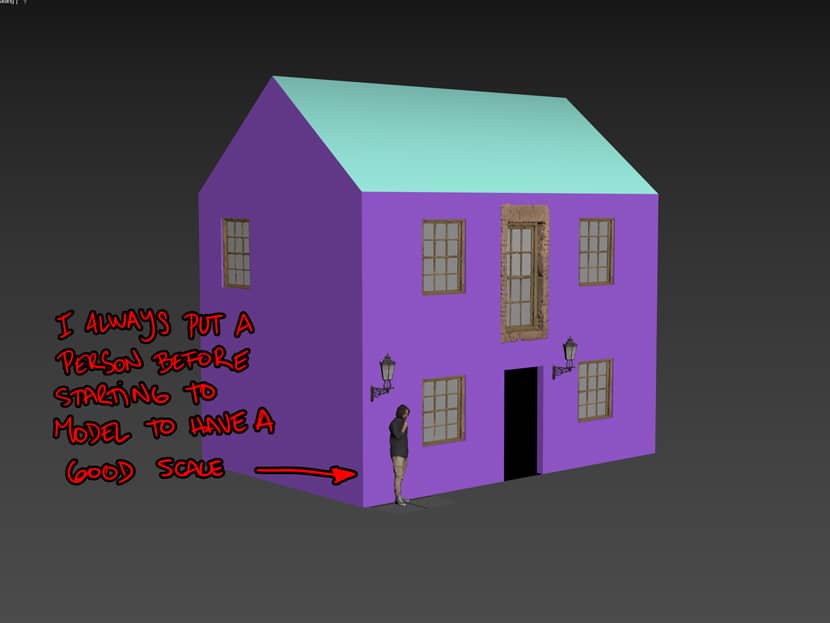
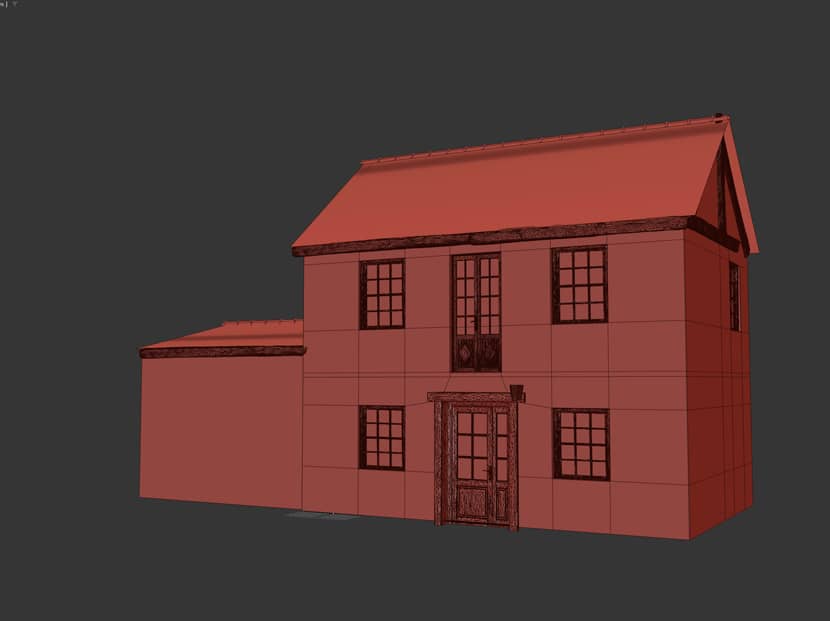
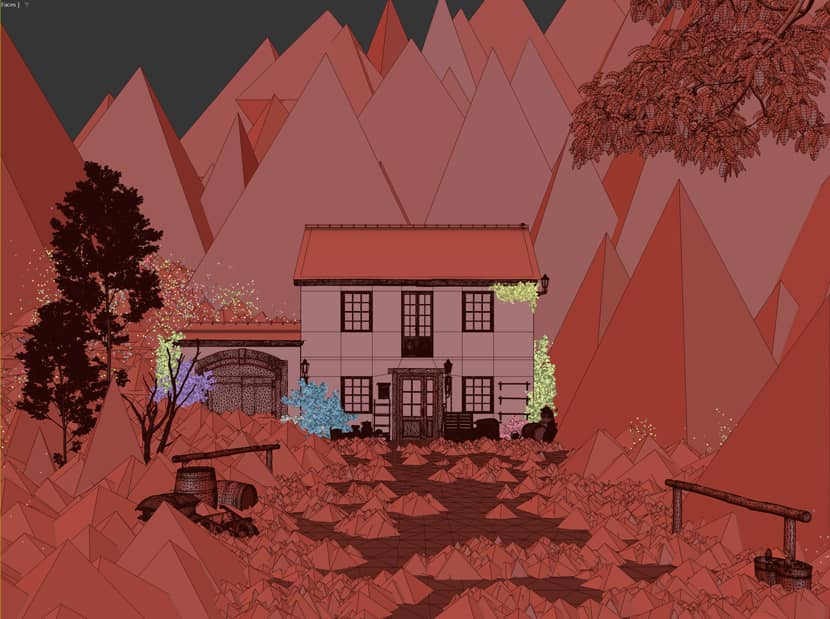
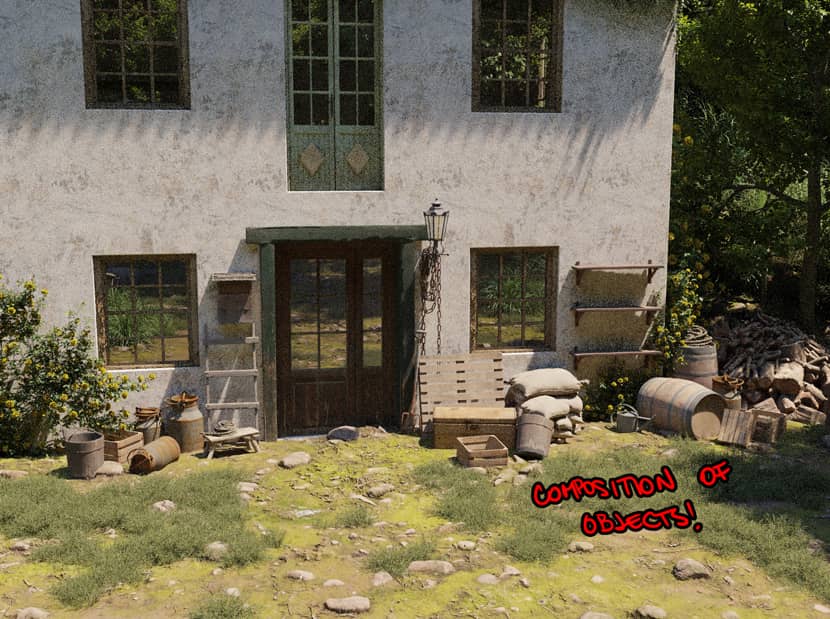
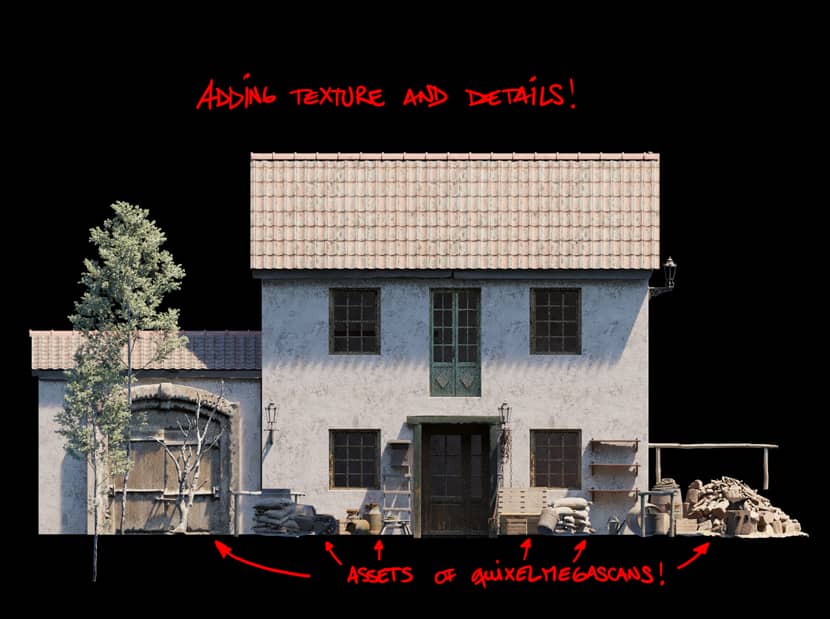
Vegetation.
For the vegetation, I used models from MAXTREE, which offer a great variety of high-quality species. I placed them in the scene using ITOOSOFT FORESTPACK, a tool I’ve relied on for years. Rather than letting it do everything automatically, I manually position each plant to match the camera angle and composition, which greatly enhances the scene. I also used models from EVERMOTION, like the large tree behind the camera. Though it's not visible, it casts a beautiful organic shadow, adding depth and atmosphere to the image.

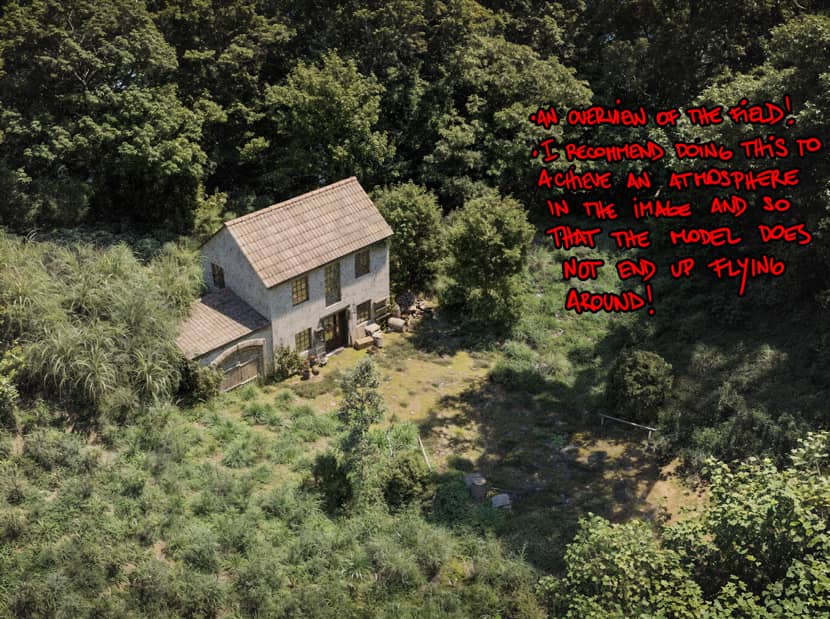
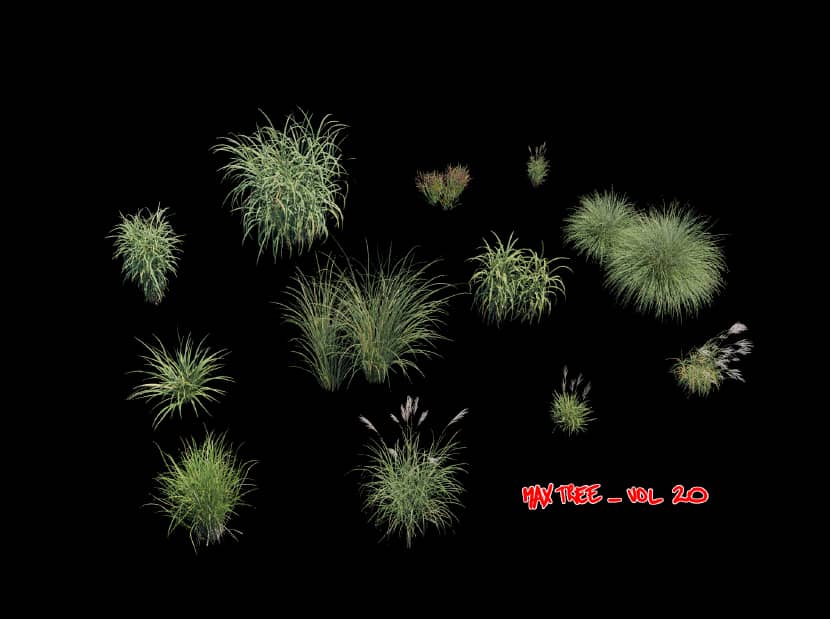
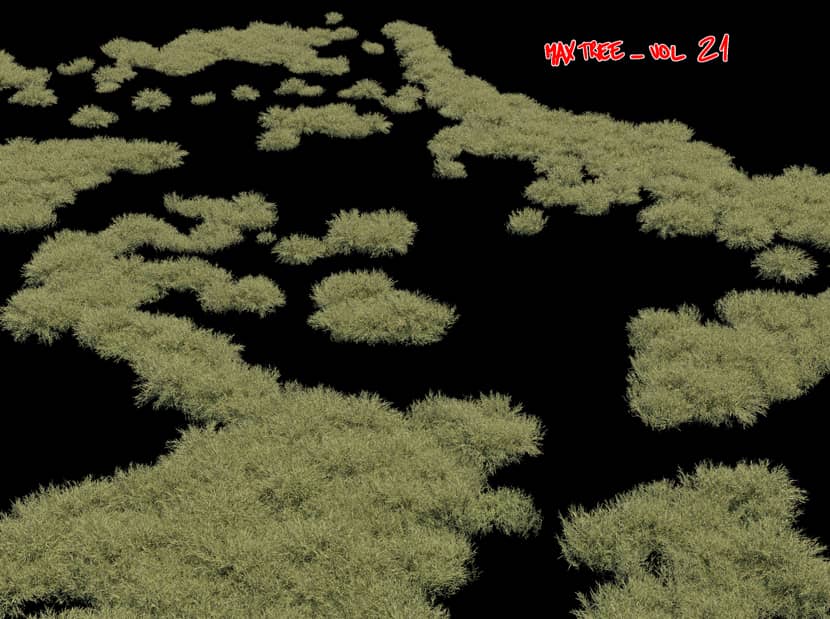
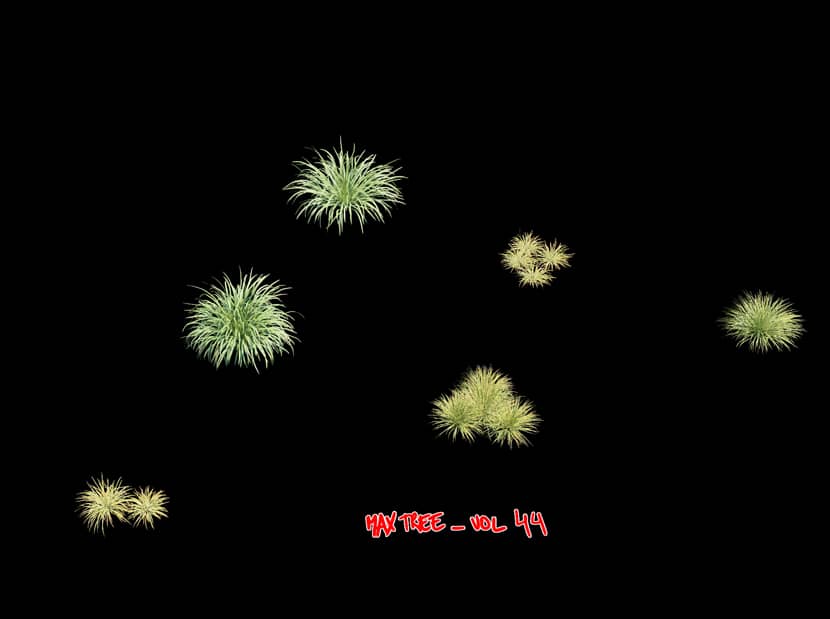
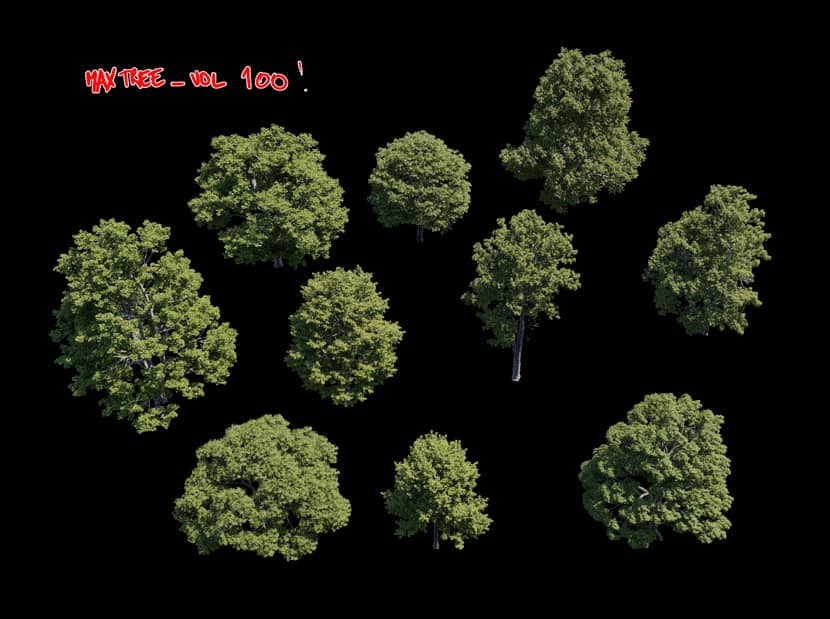
Materials.
I often use materials from past projects or high-quality ones like those from Quixel Megascans. I don’t typically use them as they come, but I do recommend exploring how they're made to understand why certain maps are placed in specific areas. Once I get a sense of that, I tweak them to better fit what I'm looking for. This process helps me create my own material library, and once I finish fine-tuning a material, I save it for future projects.
Lighting.
Lighting is crucial—without it, there’s no great image. HDRI makes it easy to light renders correctly, but I prefer to tweak things. After placing the V-Ray dome with the light map, I adjust the intensity, color, and sometimes rotate the dome to get a different lighting effect, as I did here.
I always recommend adding contrast by creating a strong shadow in the foreground and focusing the light on the main subject. Placing the light behind the camera tends to flatten the image, though it can work in some cases.

Post-production.
Like lighting, post-production can be crucial for the final result. With a good light setup, sometimes minimal post-processing is enough to make the render look amazing. But mastering post-production on top of great lighting adds that extra touch.
For my images, I don’t aim for hyper-realism but rather a more artistic feel, making them feel like pieces of art you’d want to hang on a wall ;)
I always prepare a few render elements for post-production to enhance reflections, etc.:
- MultiMatteElement for quick masks and small tweaks.
- V-Ray Reflection, Specular, and Refraction, which I blend in Photoshop using the SCREEN mode, adjusting intensity to fit the image.
I also love experimenting with LUTs, sometimes combining multiple ones in a single image to create a unique, cohesive look.
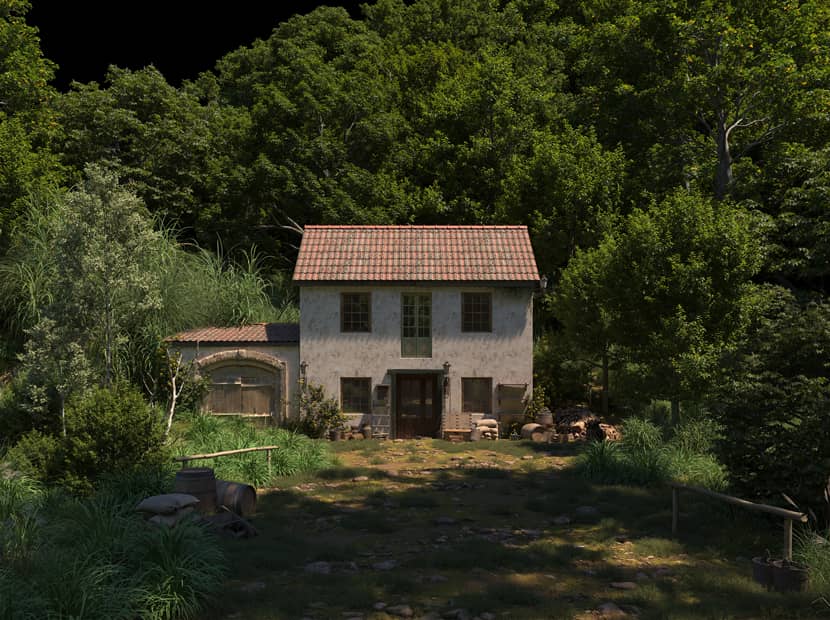
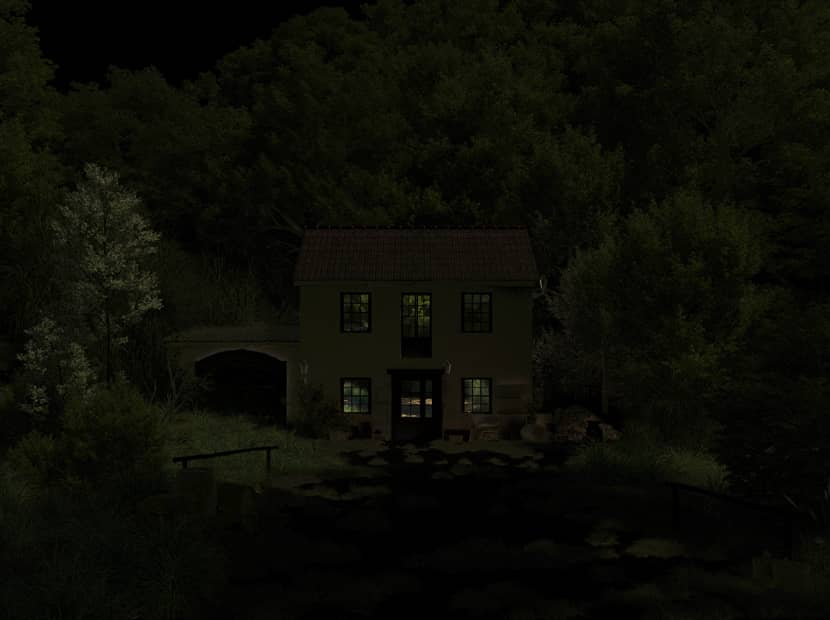
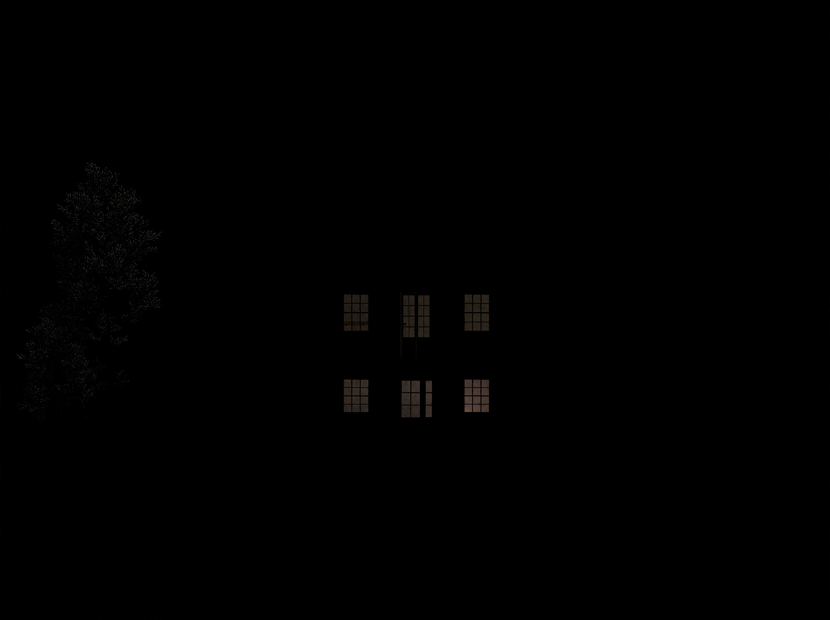
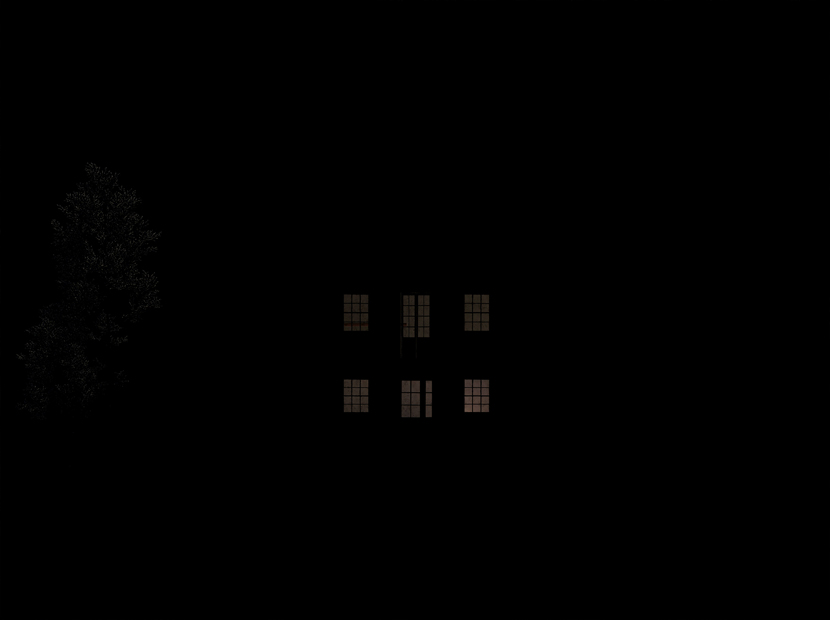
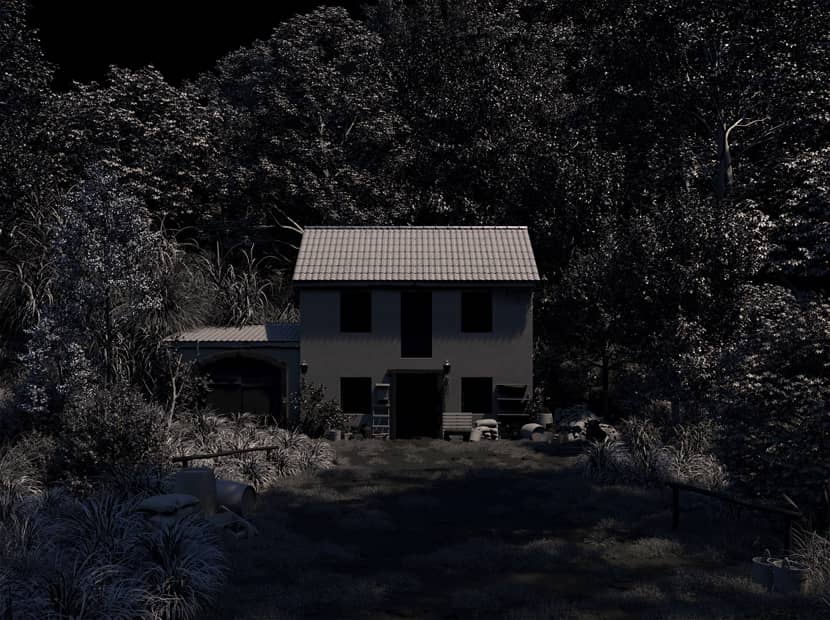
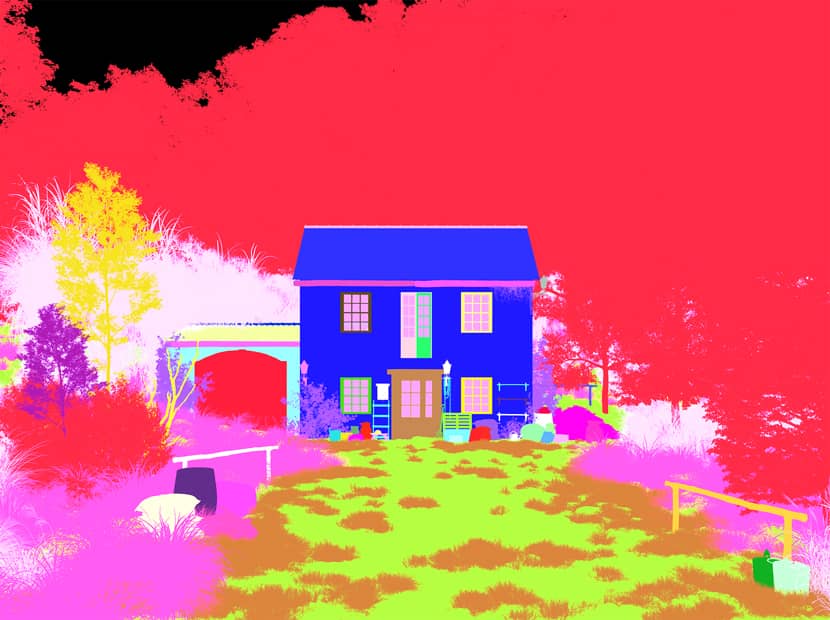
Thank you for reading!
Santiago Vilaseca.
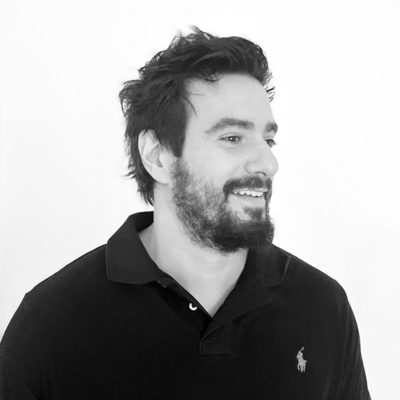
About the artist
Santiago Vilaseca is a 3D artist and co-founder of KRAKEN Studio, an architectural visualization and animation studio with over 12 years of experience in the field. Originally from Argentina, Santiago now resides in France, where he runs the studio alongside his wife. His artistic journey is fueled by a love for nature, music, and storytelling—passions that are deeply reflected in his work. With a focus on atmospheric and emotionally driven visuals, Santiago strives to create images that go beyond realism, evoking a sense of place, memory, and tranquility. When he's not rendering, you’ll likely find him drawing, playing guitar or drums, or dreaming of one day living in one of the cabins he’s brought to life through CGI.

